Mission
To analyze microbiological and chemical contaminants in surface water from lakes, rivers and ponds in the state to help monitor environmental pollution.
What we do
- Analyze chemical contaminants and water quality indicators in the lake, river and pond samples collected and submitted by the RIDEM Programs.
- Reports the concentration of metals, nitrates, phosphorous, cyanide, hardness and fecal bacteria found in the water samples so that RIDEM can monitor the source and spread of pollutants and to determine if the water meets the standards defined by the Clean Water Act.
- Identify and quantify toxins produced by the cyanobacteria (blue-green algae) when they concentrate or bloom in the ponds and lakes and trigger public health advisories for recreation and consumption.
Accomplishments
- In 2022, the chemical and microbiological laboratories performed 4,015 harmful algal bloom tests to identify and count cyanobacteria (blue-green algae) and measure cyanotoxin concentrations in surface water supplies, recreational rivers, lakes and ponds in Rhode Island. The laboratory results support public health decisions to close bodies of water when harmful algal blooms are observed and reopen them when it is safe again.
